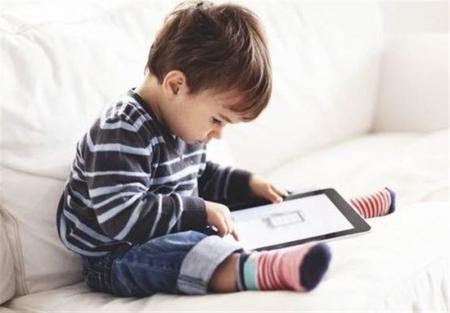
Educational apps for kids can be valuable learning tools, but there is still a lot left to understand about how to best design them, a report in Frontiers in Psychology showed.
"Our experiments are a reminder that just because touchscreens allow for physical interaction, it doesn't mean that it's always beneficial," said Dr. Colleen Russo-Johnson, lead author of the study and who completed this work as a graduate student at Vanderbilt University.
Smartphones and tablets have become so pervasive that, even in lower-income households, 90% of American children have used a touchscreen by the age of 2. Eighty percent of educational apps in the iTunes store are designed for children -- especially toddlers and preschoolers.
Using a custom-made, streamlined learning app, Russo-Johnson and her colleagues showed that children as young as 2 could use the app to learn new words such as the fictional names of a variety of newly-introduced toys (designed specifically for the study). Unsurprisingly, slightly older children (age 4 to 5) were able to learn more than the younger ones (age 2 to 3) and they were also able to follow directions better -- such as only tapping when instructed to do so.
The researchers went on to show that the excessive tapping by younger children seemed to go hand-in-hand with lower scores of a trait called self-regulation. As in this study, self-regulation is commonly measured by seeing how long children can keep themselves from eating a cracker that is placed in front of them -- after they have been told to wait until they hear a signal that it is ok to eat the cracker.
To complement this first study (which included 77 children), Russo-Johnson and her colleagues designed a second app to see which interactions -- tapping, dragging, or simply watching -- were better for learning new words.
Somewhat surprisingly, across this next group of 170 2- to 4-year olds, no single type of interaction proved to consistently be the best. But there were differences depending on age, gender, and the extent of prior exposure to touchscreens at home. Boys appeared to benefit more from watching, whereas dragging seemed best for girls and children with the most touchscreen experience.
These results complement the growing body of research on identifying effective interactive features, as well as providing insight into how apps might be tailored to fit the learning needs of different children.
